I have an old Protek P-3502C Oscilloscope that I picked up second hand from my school. It has proven to be a great way to learn how to use oscillocopes, and has helped me with diagnostics as well.
But for as long as I have had it, I have had no clue what a couple of things on it are.
The first off is a section labeled COMP. TEST It has a single banana jack, and a button labeled in and out. (see image).
The other thing is two holes on the botton labeled CH A STEP BAL and CH B STEP BAL. (see image) From what I can tell from this document, it keeps the line from jumping around when I vary the volts/div scale. Is that correct?
COMP. TEST Connection
STEP BAL Holes


